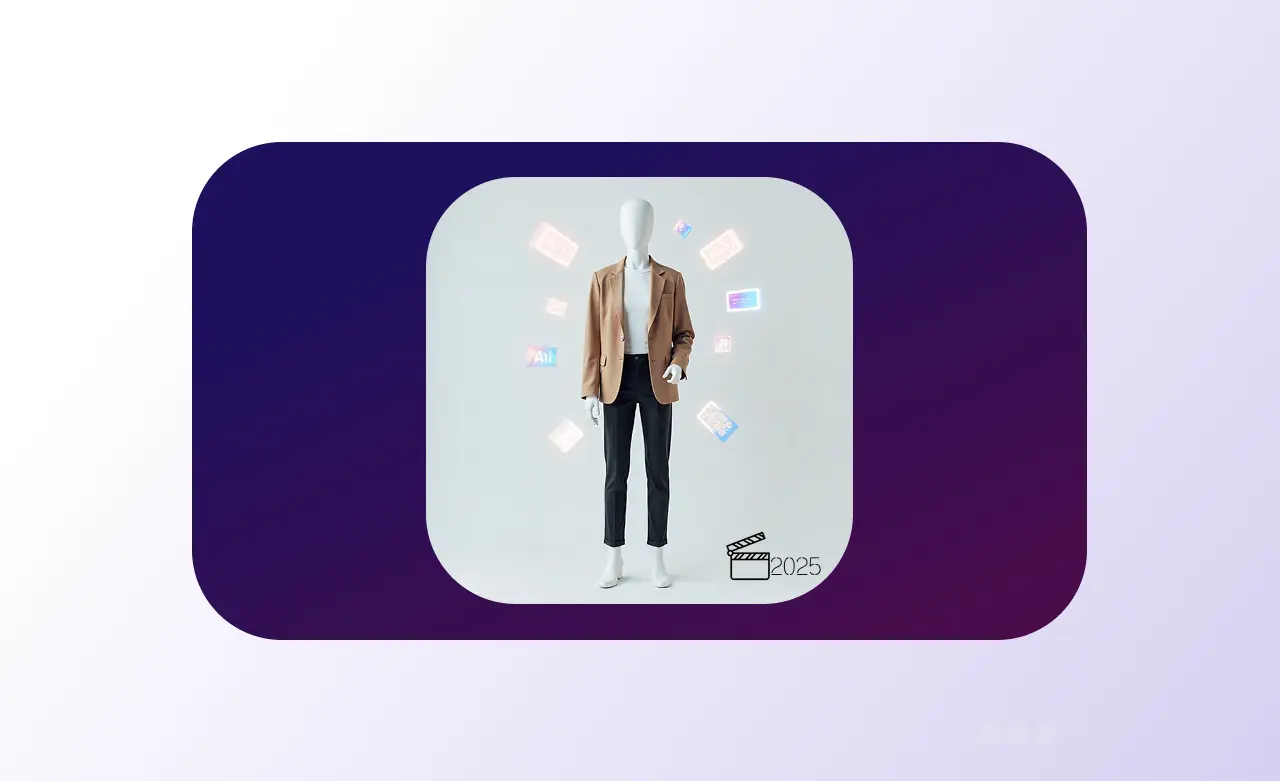4 Ways Automated Product Tagging Is a Game-Changer for E-Commerce

Let’s imagine a situation where a shopper is looking for a black silk dress in your e-commerce store. However, when they enter the search term, they get an orange skirt. They would be disappointed, right?
This is probably your worst nightmare as an e-commerce manager. If they encounter a situation like this, website visitors will get very frustrated and abandon your site. In fact, Janrain research discovered that 74% of online customers get annoyed when they come across content that is irrelevant. If a company's search feature falls short of expectations, the consumer would be disappointed.
To prevent this, all products in the product catalog have to be well organized and tagged with the correct terms and keywords. E-commerce product taxonomy is essential for ensuring that products are categorized effectively, enhancing searchability and user experience. However, manual product tagging is unrealistic and impossible to implement given the volume of products offered online today, the growing number of online retailers, the vast magnitude of different categories, and the complex existence of the visual features side-by-side with product descriptions and function requirements.
In order to keep up, retailers must make fast choices based on consumer demands, and instant product exploration is critical to keeping consumers interested. For customers to navigate the site easily, it's crucial to have an efficient catalog management system that also supports e-commerce SEO optimization, ensuring that products are not only well-organized but also easily discoverable through search engines.
What is automated product tagging?
E-commerce will facilitate 95% of orders by 2040, according to Nasdaq. Without a doubt, AI would affect retail digitization, and this sector has a lot to gain from AI. AI deployment will provide a range of specific benefits to most retailers ,depending on the nature of the market, the target demographic, and the rate of growth.
An AI-based automated product tagging system has the power to make many e-commerce processes easier, especially by utilizing automated product tags to streamline and enhance the accuracy of product categorization and search engine performance. As the name implies, automated product tagging is a technology that can automatically tag groups, subgroups, and various attributes from any picture or media material. It cuts the time it takes to tag catalogs significantly and enhances the reliability of both descriptions and search engine performance of websites.
Using sophisticated Artificial Intelligence algorithms, automatic tagging organizes and marks images in the product catalog based on their attributes. These algorithms use Deep Learning to simplify the fashion tagging process, eliminating the need for human intervention. This is a method for creating detailed metadata for catalog assets. It operates by scanning an image and detecting attributes that are linked to specific keywords.
Scientists developed Neural Networks that imitate the human brain and can be taught to understand what is in a picture much as we humans can do, thanks to advances in Computer Vision and Deep Learning. These Neural Networks can analyze an image to provide semantic information in the form of text.
Any image gets a coherent taxonomy with multiple attribute labels thanks to the automated tagging technology. Automatically detecting visual attributes offers far more than common tags—it provides deep, detailed insights into the apparel brands. After a while, fashion tags compile information about their use, who is using them, and their links to other tags, in addition to catalog data.
Suggested read: The Complete Guide for Automatic Product Tagging in E-Commerce

How does product tagging change e-commerce?
Apart from the operating performance and reducing manual tagging activities, auto-tagging technology serves as the foundation for various AI-driven retail items. Understanding shopper behavior and desires requires the ability to recognize artifacts in moving pictures, photographs, or some other kind of visual information and detect the visual characteristics of items seen in those media.
Aside from data-driven constant learning technologies, visually intelligent machine vision-based systems that can derive multilayered characteristics from the product that a customer is engaged with aid in creating a holistic identity for each shopper. This, in turn, leads to the creation of enhanced product content that resonates more deeply with customer preferences and improves engagement.
Here are 4 ways automated product tagging transforms e-commerce.
Unlocking powerful data
Netflix saves around $1 billion on an annual basis through customer retention, thanks to personalized content. High-performing e-commerce relies heavily on data. People's buying preferences in fashion, for instance, are primarily based on what they find visually appealing, as well as what they believe enhances their unique traits and fits well with other clothing pieces.
Deep Learning algorithms enable you to detect and comprehend your products' output as well as extract multidimensional attributes, which is particularly valuable for clothing ecommerce where visual appeal is crucial. You can learn a lot about your consumers' attitudes, tastes, and demographic and geographic characteristics by using automated product labeling. Through a greater number of informative apparel logos, you can learn more about what customers want and develop more customized deals.
This enables you to track and evaluate patterns, allowing you to prepare your e-commerce store for potential customers.You can make good business choices based on the data you get from automated product tagging, reducing business risks with architecture, costs, and purchase procedures that are appropriate for your target audience. Oversupply, excess, and price cuts would not be an issue for you.
You'll be more financially secure and the business plan will be more long-term.
Suggested read: How to get mind-blowing data analytics for fashion retailers with visual AI
Increased productivity
Since e-commerce image tagging eliminates the manual fashion tagging process, shop managers, brand owners, and their workers have more flexibility to focus on other more important activities. They can concentrate on improving marketing strategies, on-demand customer service, and shop operations instead of hiring more employees to do all of these activities. This shift allows businesses to focus on creating enhanced product content that not only appeals to customers but also improves overall site performance.
Improved catalog management
Approximately 45% of SMBs (small- and mid-sized businesses) in the USA either do not maintain track of their inventory or handle it manually. Well-managed catalogs can help you to always have your inventory under control. Backend product operations can be simplified and well-organized with accurate visual attributes.
Retail stores can monitor orders, uncover the most searched brands, identify and remove items that aren't common, and keep stock under control by using automated product tags and catalog pictures. These tags will categorize products based on a variety of factors, including name, design, style, color, and other factors, enhancing product detail page optimization for better user experience and conversions. More product tags may be inserted if needed to keep the product catalog up to date with current fashion trends.
These marks will have a significant effect on purchasing choices, providing greater insights into attribute-level sales analytics.
Suggested read: Advantages of digital catalogs and how to use them in ecommerce
Better SEO performance
SEO is among the few low-cost marketing strategies still available. SEO accuracy is improved by accurate product tagging, reorganizing the internal linking system of the site, and putting connections in strategically better positions within the web. This is particularly helpful because Google's AI-based algorithm now recognizes and respects search background when rating results.
Furthermore, dynamically created tags have keyword-friendly links to other parts of the website that visitors select, boosting the website's SEO, including e-commerce SEO optimization
Discover Pixyle Ultimate Dress type Taxonomy Guide
Learn how to structure your catalog in a way that matches how people actually shop.


Boost your sales with AI product tagging
Optimize your eCommerce catalog to improve discovery and conversions.







